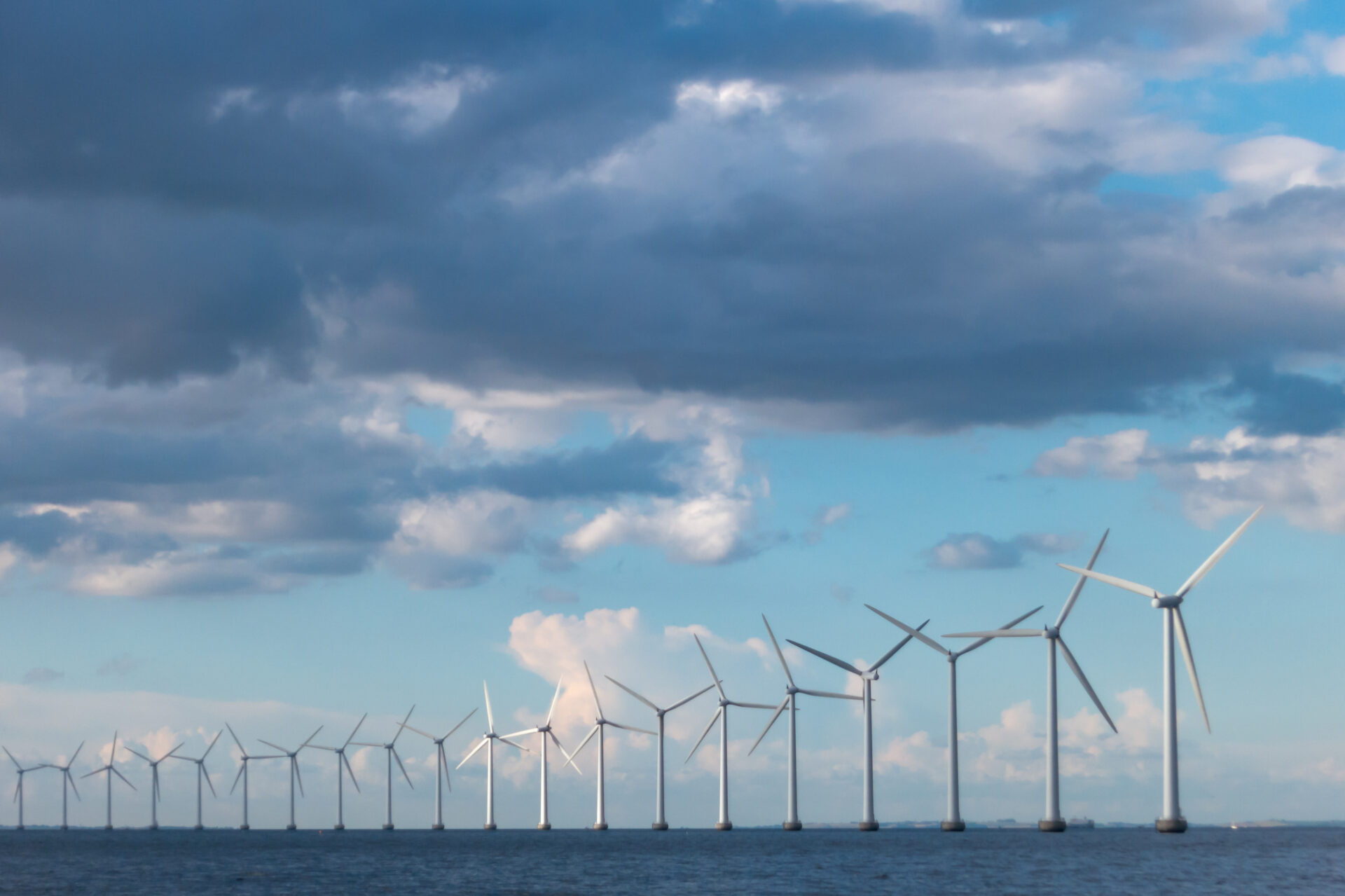These delays can have severe impacts on budgets, particularly the impact on expensive logistic hire: any unanticipated weather impact to installation vessels can mean that they are sitting idle while the clock ticks on the project, and in some cases vessels may need to sail to their next project before the current one is completed.
When it comes to planning the construction of a wind farm, developers, EPCIs, OEMs, vessel owners and other actors need to calculate the risk inherent in different vessel specifications, the weather conditions anticipated at port and at farm, and the impact of seasonality on operations. Choosing vessels and cranes which can tolerate the unique wind speeds, wave heights and current speeds at a particular site is key to the success of a project.

Modeling weather downtime risk
Shoreline Design is a software as a service (SaaS) tool which allows users to model all of the complexity involved in an offshore wind construction project and simulate against historical weather data. Shoreline’s product offering has been used worldwide by leading offshore wind industry developer/operators and turbine OEMs since 2016, and offers the industry’s most comprehensive solution for identifying and quantifying risk.
Users can model the following on the various tasks (e.g. loading on/off and grouting) and activities (e.g. sailing to/from port, jacking up/down) that a vessel or crane performs:
- Wind speed (U) at various heights
- Significant wave height (Hs) and swell height
- Wave period (Tp)
- Current speed
- Lightning

The product provides full flexibility so that all the steps and complexities of a project can be modeled: because there is a real-world difference between the weather conditions a nacelle can be lifted through to those a blade can be lifted through, even though both activities are performed by the same crane.
When users are building a case they set the time “Duration” they believe each task should take on average (or the vessel transit speed), and they also have an option to set a weather window, which can be longer than the duration to ensure a long enough weather window to complete the step. This ensures that no sensitive operation can be started which cannot be completed in good weather.

Once all the necessary project data has been inputted, including the assets, ports, logistics and personnel required, users can choose which historic weather data to simulate against, and using which statistical method (4 different options available). The industry-standard ERA-5 weather data is included as standard, but users can also import their own weather data.
Post-simulation, we can now see the impact of Weather Downtime (WDT) on construction. This is available on a high-level: total per vessel per month, per aggregated month (for operations which take place over several years), and per year. This gives planners a good overview of where they are likely to see weather downtime on each of the logistics times and which month, and to drill down into any unexpected data, such as high weather downtime during summer months in the northern hemisphere.

In the example above you can see that there is a lot of weather downtime affecting the Heavy Lift (installation) Vessel and Crane during Spring and Autumn, but none in the summer months (June – Aug), which is to be expected in the northern hemisphere. Note that in this scenario the crane is operational till the end of October, and Heavy Lift Vessel (jack-up) till the end of November.
However, this graph (and the data export for it) only show high-level that weather stopped play, not exactly which weather. Itemized weather downtime causes allow users to drill into this detail:

In this graph we can see that the highest weather downtime on the Heavy Lift Vessel was the wind speed impact on installing and transferring large components (blades and towers) at sea, which is to be expected. In this case 12m/s wind speed at a 100m wind speed reference height.
Similarly, wind speed impacts the assembly activities in the marshalling port:

This information may help users to choose different logistics less sensitive to the weather conditions likely to be encountered in this particular seascape, or to consider commencing construction in a different month.
Optimizing a logistic strategy for wind projects
For high-level bid planning, having a detailed understanding of likely weather impact is unnecessary, but for those seeking to have confidence about the costs, requirements and timescale of their project, this level of detail is critical, especially as the time to start construction approaches. Choosing the right vessel which can cope with the weather conditions in this particular area may have a significant impact on the ROI of a project.

